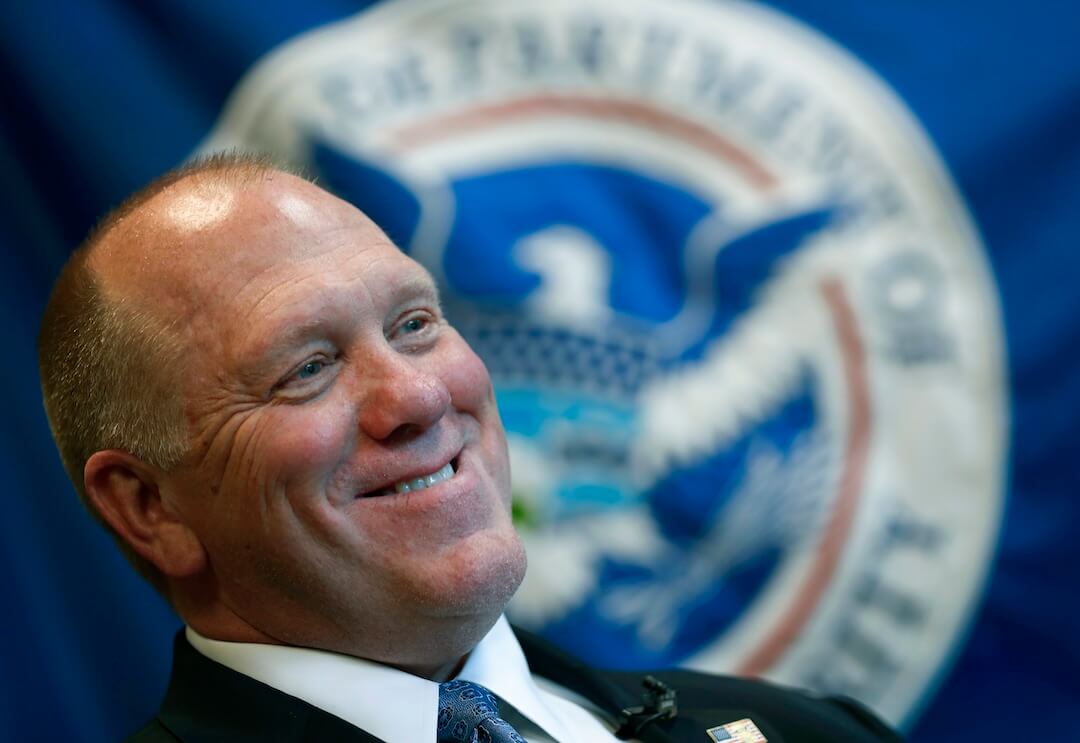While websites and social networking platforms continue to gain influence as news sources, several recent polls suggest traditional media still play an important role in disseminating information about important stories.
Three recent polls asked Americans how they first learned about the killing of Osama bin Laden earlier this month. Overwhelmingly, respondents said they heard about it on television.
- One survey, conducted by Public Policy Polling for DailyKos.com, found that 67 percent of respondents got the news from TV, compared with just 10 percent from online sources such as Twitter, Facebook, or elsewhere on the Web.
- The second poll, by the Pew Research Center for the Washington Post, reported similar results: 58 percent said they learned of the Pakistani raid from television, while 11 percent credited online sources. (Fifteen percent of the Pew respondents said they learned about bin Laden’s demise from word of mouth.)
- A third survey – also from Pew – was taken in the week after bin Laden’s death and asked a broader question about respondents’ “source of most news” about the killing. Once again, television was dominant, with 74 percent of those polled listing it as a top source. The Internet was mentioned by 39 percent. (Respondents could name more than one source.)
“Americans still tremendously value television as a news source,” said Indiana University Telecommunications Professor Walter Gantz. “Television is still the most used medium and the medium people spend the most time with.”
Time of day a key factor
TV’s dominant role as the disseminator of news about bin Laden’s demise came despite the fact that a Twitter user broke the story first. On Sunday night, May 1, former Defense Department official Keith Urbahn tweeted the news a few minutes before mainstream media sources reported it. (Urbahn said he heard the news when a TV producer called him to reach his boss, former Defense Secretary Donald Rumsfeld.) But the Public Policy Polling survey concluded that only 1 percent of respondents learned of the story from Twitter.
“A big factor was just the time of day that it happened,” said Public Policy Polling director Tom Jensen. “What people do on Sunday nights is watch TV. If this had come out at noon on a Wednesday, the percentage of people getting it on the Internet would be much higher.”
In addition, because the news broke late – after 10:00 p.m. on the east coast – some people didn’t learn about it until they woke up the next morning.
“I’d already gone to bed,” said Jensen, who lives in North Carolina and first heard about the raid when he flipped on the TV Monday morning. “You’re more likely to turn the TV on first thing in the morning than to go look at Twitter or Facebook.”
-

- In this undated image from video seized from the walled compound of al-Qaida leader Osama bin Laden in Abbottabad, Pakistan, and released Saturday, May 7, 2011 by the U.S. Department of Defense a man, who the American government identified as Osama bin Laden, watches television, showing an image of U.S. President Barack Obama. (AP Photo/Department of Defense)
Other observers note that breaking news coverage is one area where television remains the medium of choice for many Americans. While ratings for the nightly network newscasts are in sharp decline, and a growing number of Americans say they get their everyday news online, viewers still typically rely on TV for watching live events or fast-breaking stories.
“Certain stories are TV stories,” said Tom Rosenstiel, the director of the Pew Research Center’s Project for Excellence in Journalism. “A presidential speech or an inauguration or a presidential debate is an event that’s suited to absorbing live.”
In that respect, a big part of television’s strength is simply its convenience and prominence in the typical household. Many news consumers often find it easier to switch on the TV than to find and stream online video of a live event.
And stories such as bin Laden’s death, the 9/11 attacks, or even the Royal Wedding are momentous enough to lend themselves to a “gather around the set” moment, an experience that’s hard to replicate with a computer monitor or smartphone.
“When the planes hit the towers on 9/11, people turned on their television set,” Rosenstiel said. “It was visceral and you watched it.”
Web, TV can co-exist
None of these findings discount the increasing role of the Web and social networking sites as news sources. CNN – citing statistics from Akamai Technologies — reported that page views on major news sites increased more than 60 percent in the hour after news broke of bin Laden’s death, totaling more than 4.1 million views per second.
Meanwhile, the Pew study that measured respondents’ main source for bin Laden news contained a telling demographic distinction: While TV enjoyed a 35 percentage point preference over the Internet among everybody polled, the difference was only 7 percent for respondents under age 30.
Still, the audience behavior underscores the fact that people often use new forms of media as supplements to old ones, not as replacements – a straightforward point that’s sometimes overlooked in media analysis.
Television and the Internet are especially well-suited to co-exist, with almost 60 percent of TV viewers now saying they surf the Web and watch TV simultaneously at least once a month.
“Media tend not to vanish as much as they shove over and make room for the new,” Rosenstiel said. “Each medium tends to have certain things that it is particularly good at.”






